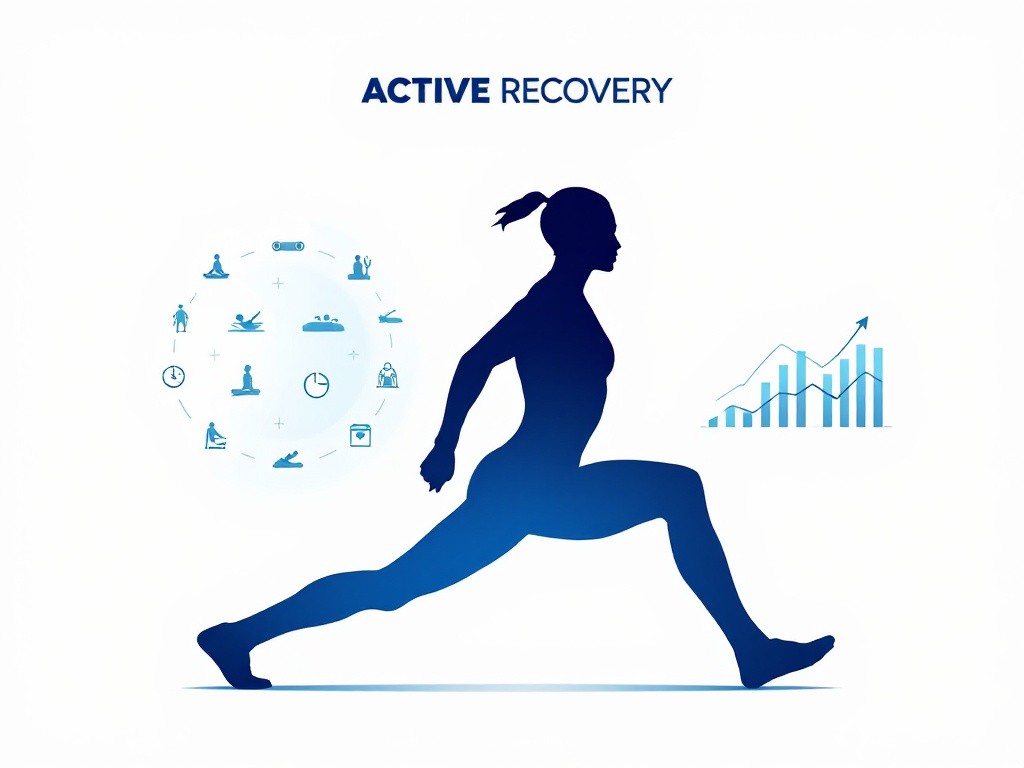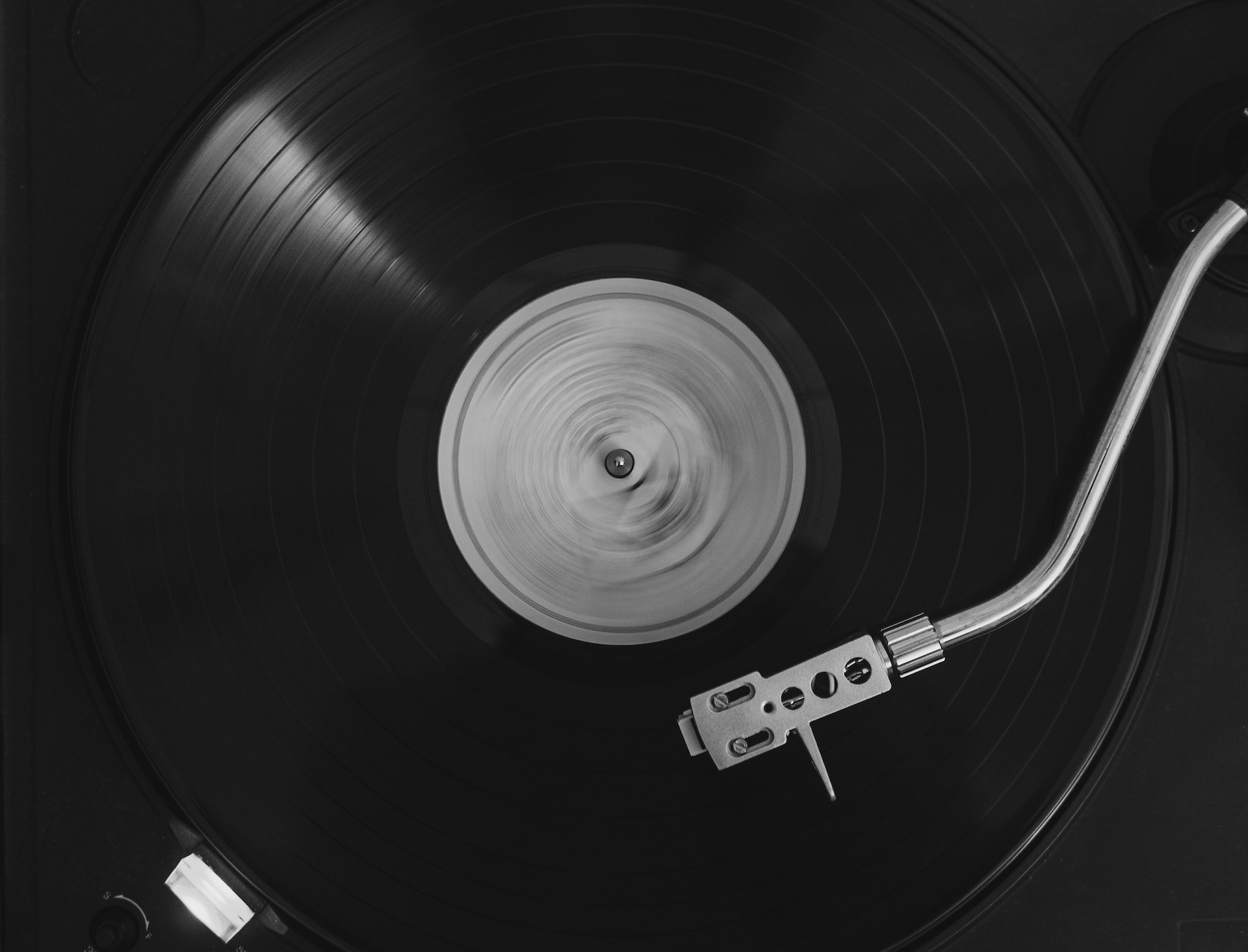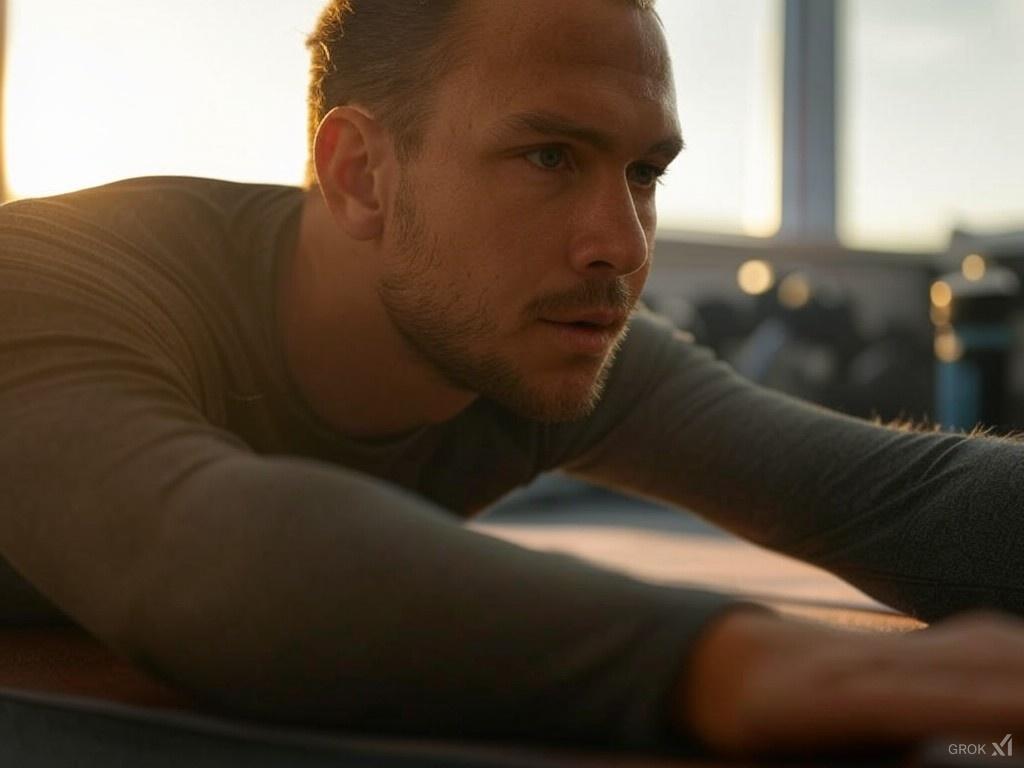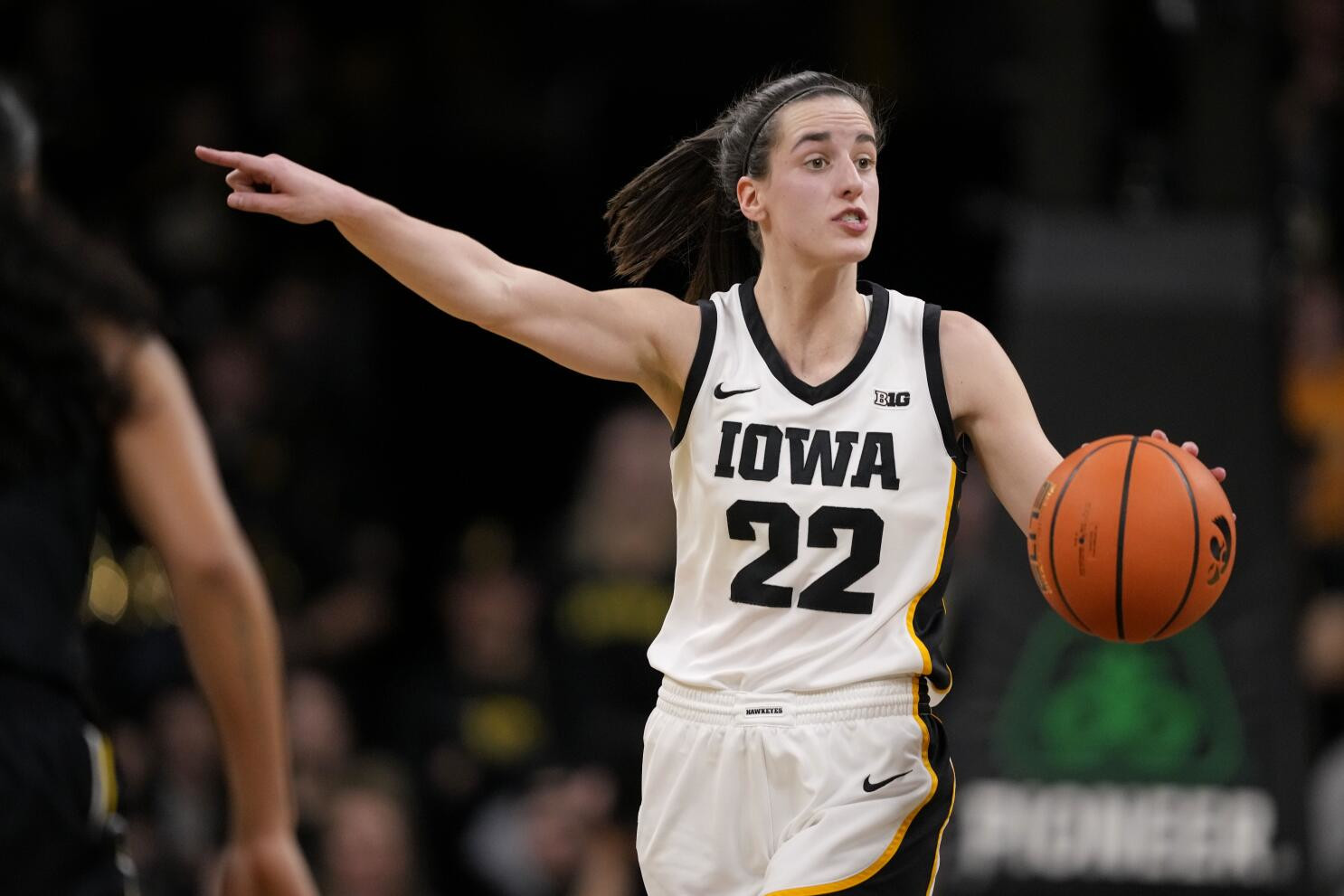Table of contents
Did you know that 78% of elite athletes report using active recovery techniques as a crucial part of their training regimen? According to a 2023 comprehensive review in the Journal of Sports Sciences, while most athletes focus on the intensity of their workouts, it’s often what happens between training sessions that separates good athletes from great ones.

Recent studies show that athletes implementing structured active recovery protocols experience 43% faster recovery times and 35% less muscle soreness compared to those who opt for complete rest.

Understanding Active Recovery’s Impact on Performance

According to a comprehensive study in Sports Medicine, active recovery fundamentally transforms how athletes recover. When you engage in low-intensity movement during recovery periods, you maintain blood flow to muscles while promoting the removal of metabolic waste products.
Let’s examine each technique in detail:
1. Strategic Light Cardio Sessions
The cornerstone of effective active recovery is low-intensity cardiovascular exercise. Research from the Elite Performance Institute shows that maintaining your heart rate between 30-60% of your maximum optimizes recovery without creating additional stress on your system.
Implementation steps:
- Choose low-impact activities like walking, cycling, or elliptical training
- Maintain a conversation-friendly pace
- Limit sessions to 20-30 minutes
- Focus on smooth, controlled movements
2. Mobility Work for Joint Health
A 2023 study in the Journal of Strength and Conditioning Research demonstrates that mobility work during recovery periods helps maintain range of motion while promoting tissue repair. Dr. Sarah Thompson explains: “Mobility work during recovery phases helps maintain tissue quality while allowing the nervous system to reset.
Key mobility exercises:
- Controlled articular rotations (CARs)
- Dynamic joint mobilizations
- Gentle movement flows
- Targeted mobility drills for problem areas
3. Dynamic Stretching Sequences
Unlike static stretching, dynamic stretching during recovery maintains muscle elasticity while promoting blood flow. The International Journal of Sports Physical Therapy shows that dynamic stretching during recovery periods can improve subsequent performance by up to 17%.

4. Progressive Foam Rolling Techniques
Modern research has revolutionized our understanding of foam rolling’s impact on recovery. Structured foam rolling sessions can reduce recovery time by up to 48 hours after intense training.
Expert tips for effective foam rolling:
- Roll each major muscle group for 30-90 seconds
- Focus on areas of tension without causing pain
- Maintain steady breathing throughout
- Progress from larger to smaller muscle groups
5. Light Resistance Training
Dr. Michael Chen recommends: “Using 30-40% of your one-rep maximum during recovery sessions can stimulate blood flow without compromising the repair process.”
Recovery-focused resistance guidelines:
- Keep weights light (30-40% of max)
- Focus on perfect form
- Perform 12-15 repetitions per set
- Include compound movements
- Avoid training to failure
6. Therapeutic Swimming Sessions
Swimming provides a unique combination of benefits for active recovery. The hydrostatic pressure of water helps reduce swelling while the resistance promotes blood flow without joint stress.
Essential components of recovery swimming:
- Maintain a relaxed pace
- Focus on technique over speed
- Include a mix of strokes
- Limit sessions to 20-30 minutes
- Keep intensity low to moderate
7. Recovery-Focused Yoga
Recovery yoga emphasizes gentle movement and breathing over challenging poses. Athletes who incorporated recovery yoga experienced 27% better sleep quality and 31% reduced muscle tension.
Key elements of recovery yoga:
- Gentle flow sequences
- Breathing exercises
- Modified poses for athletic needs
- Focus on relaxation
- Emphasis on restoration
Implementation Timeline
Immediate post-workout (0-2 hours):
- Light cardio cooldown
- Dynamic stretching
- Basic mobility work
Same-day recovery (2-6 hours post-workout):
- Foam rolling
- Light resistance work
- Recovery yoga
Next-day recovery:
- Swimming
- Extended mobility sessions
- Light cardio
Frequently Asked Questions
Q: How often should I perform active recovery? A: Most athletes benefit from 2-3 dedicated active recovery sessions per week, typically between intense training days.
Q: Can active recovery replace rest days completely? A: While active recovery is beneficial, complete rest days remain important. Aim for at least one full rest day per week.
Q: What intensity level is appropriate for active recovery? A: Maintain intensity at 30-60% of your maximum effort. You should be able to hold a conversation throughout the session.
Q: How long should active recovery sessions last? A: Most active recovery sessions should last 20-45 minutes, depending on the technique and your fitness level.
Conclusion
Active recovery represents a paradigm shift in how athletes approach their rest periods. By implementing these seven elite techniques, you’re not just passively waiting for your body to recover – you’re actively participating in the enhancement of your athletic potential.
Take Action Now:
- Choose two techniques to implement this week
- Track your recovery progress
- Adjust intensity based on your body’s response
- Gradually incorporate additional methods
- Consult with your coach or trainer for personalized guidance










